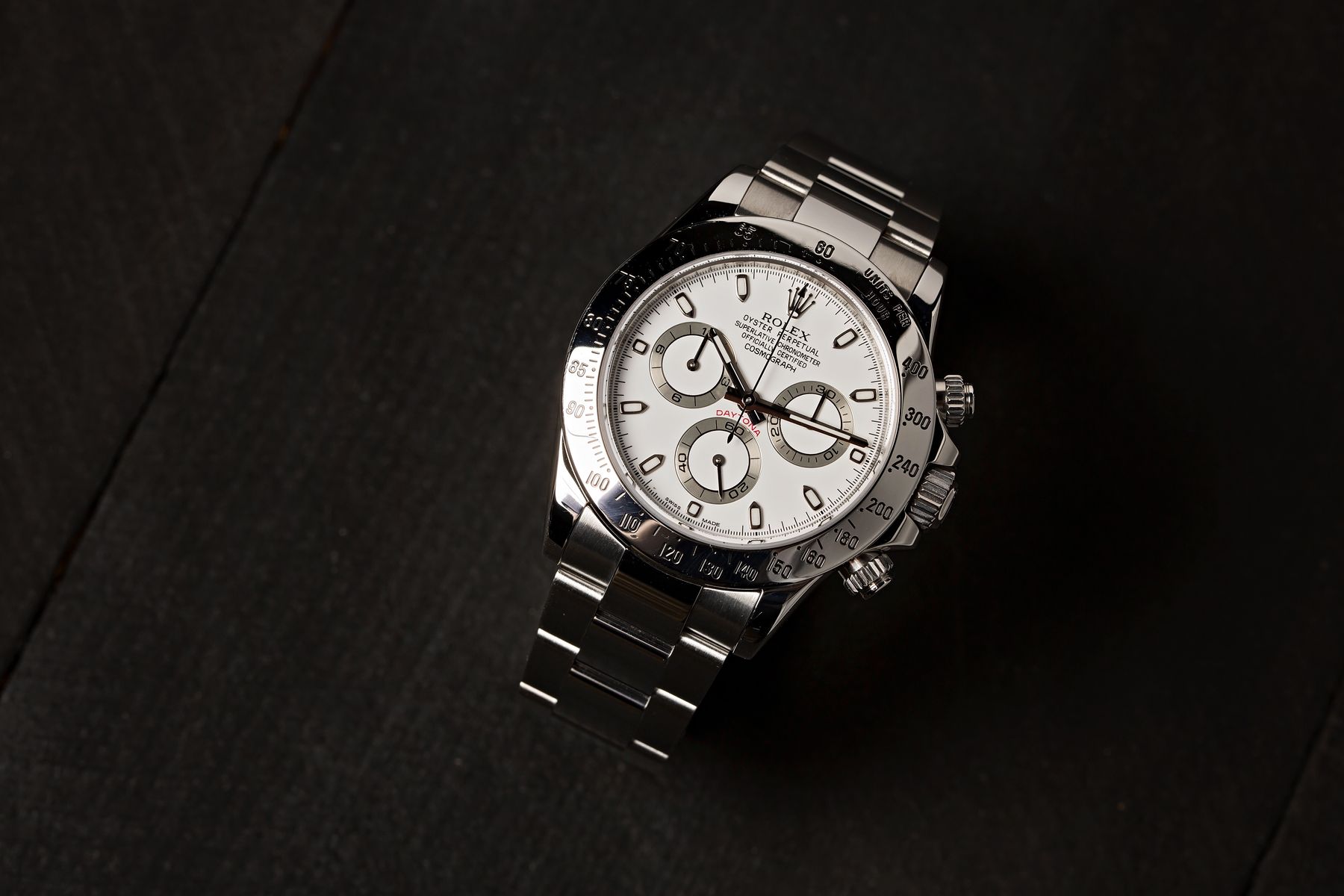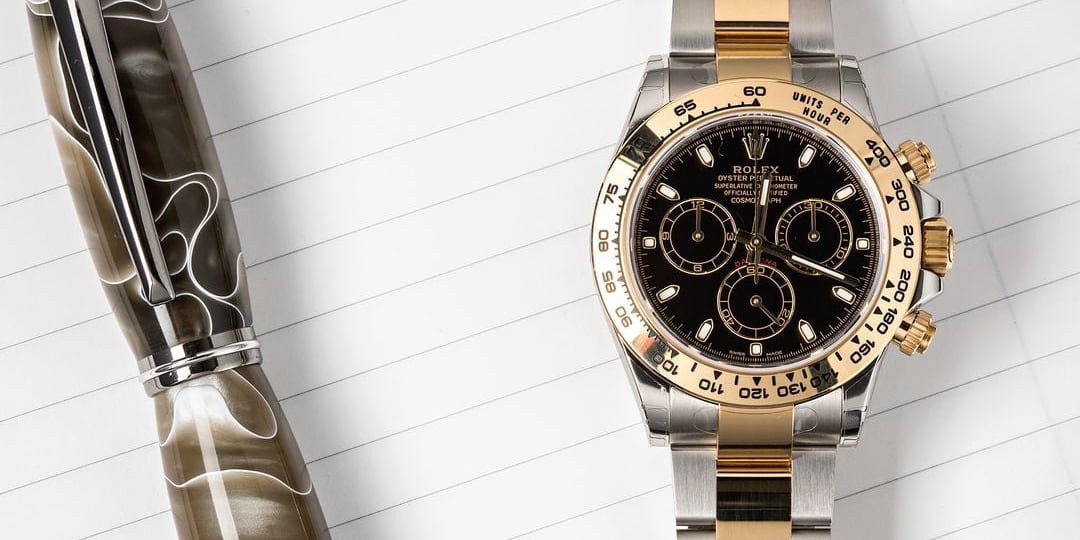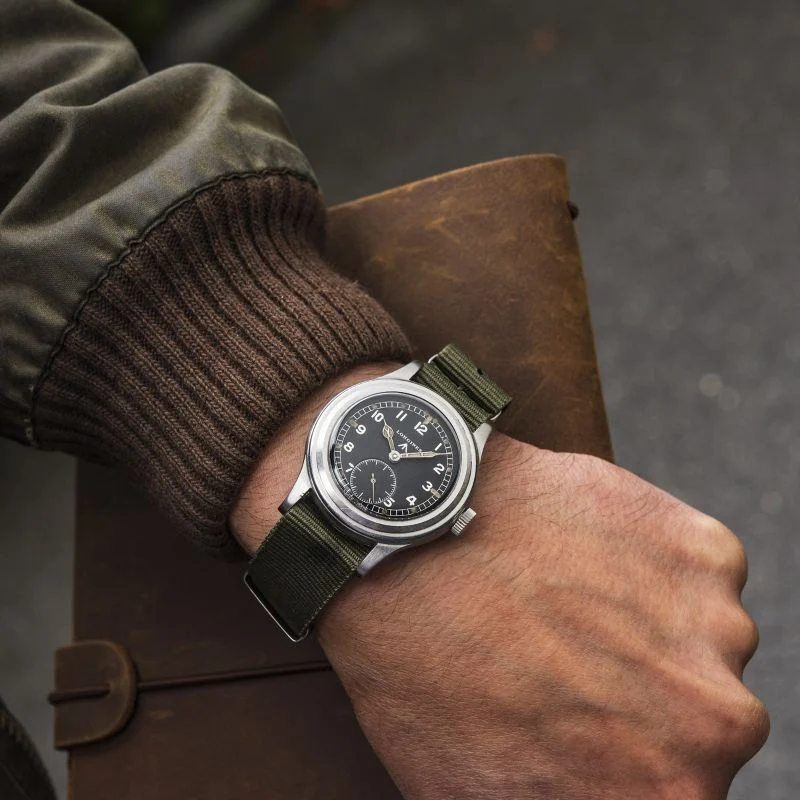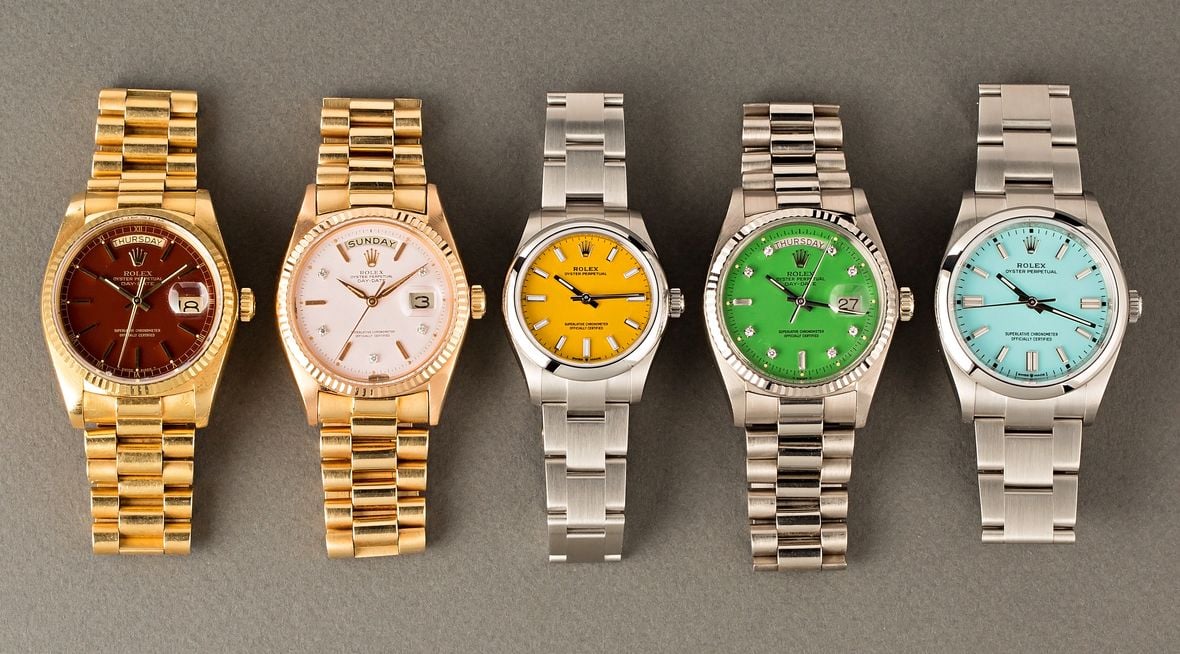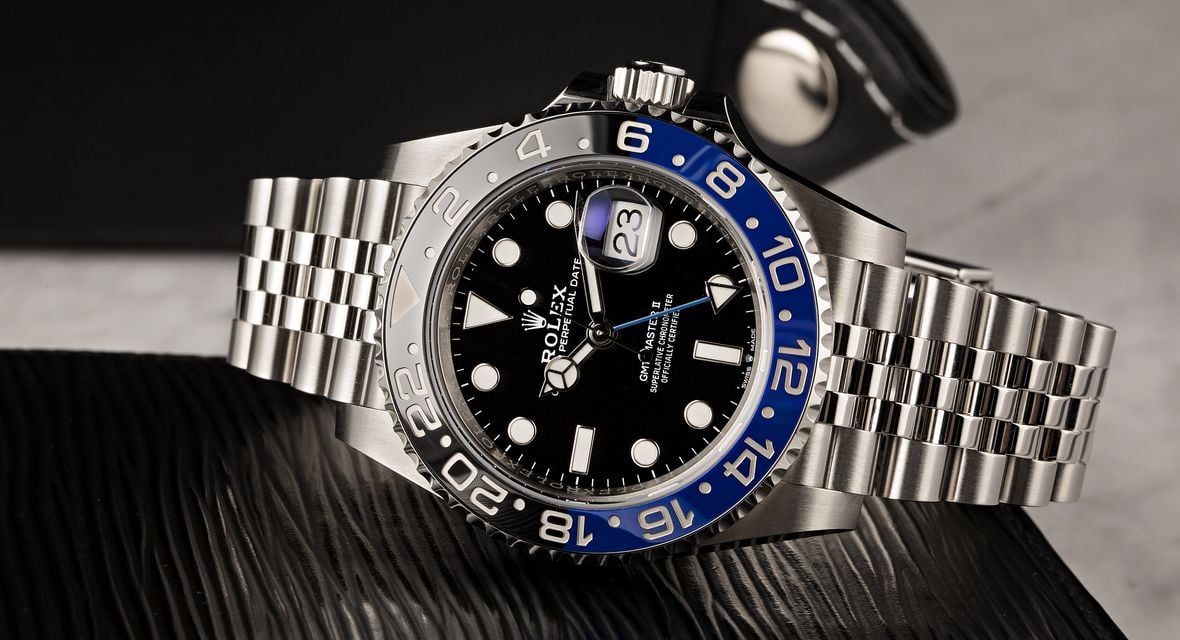Over the years, the classic stainless steel Rolex Daytona has slowly evolved, but when it first appeared in 1963, it was fitted with a matching steel bezel that was engraved with its signature tachymeter scale. While the current-production stainless steel Daytona is now fitted with a black Cerachrom bezel, a stainless steel bezel represents Rolex’s original vision for the Daytona, and from the time that the model first made an appearance in the 1960s all the way up until 2016, a stainless steel bezel remained option within the Rolex Daytona collection.
With that in mind, the classic stainless steel bezel Daytona changed a lot from the first generation of vintage manually-wound models to the final version that was powered by an in-house automatic movement. This evolution can be seen when comparing the vintage reference 6265, which was the final model from the first generation of Daytona watches, to both the reference 16520 and the reference 116520, which were the following two generations of stainless steel Daytona watches that were fitted with matching steel bezels, and that remained in production all the way up until a ceramic bezel was introduced to the stainless steel model in 2016.
Click here for our Ultimate Buying Guide on the Rolex Daytona.
Rolex Daytona 6265
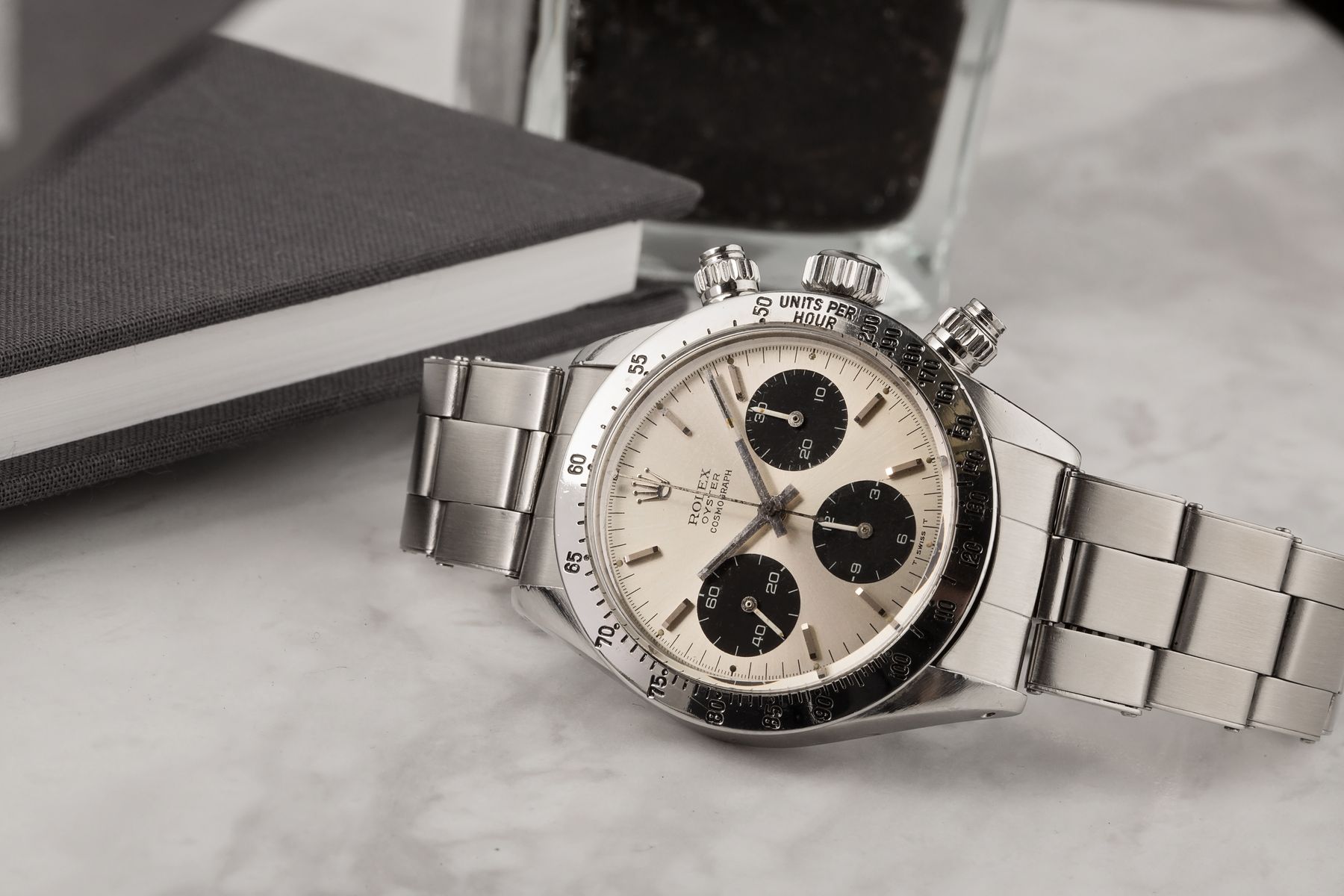
Daytona 6265 Key Features
- Reference Number: 6265
- Production Years: 1971 – 1988 (Approx.)
- Case Size: 37mm
- Materials: Stainless Steel
- Functions: Time w/ Running Seconds, 12-Hour Chronograph, Tachymeter Bezel
- Bezel: Fixed, Stainless Steel w/ Engraved Tachymeter Scale
- Dial: Black or Silver w/ Luminous Hour Markers; Exotic “Paul Newman” Dials Also Available
- Luminous Material: Tritium
- Crystal: Acrylic
- Movement: Valjoux 727 (Manual-Winding; Valjoux-Base)
- Strap/Bracelet: Oyster or Jubilee Bracelet
Rolex Daytona 16520
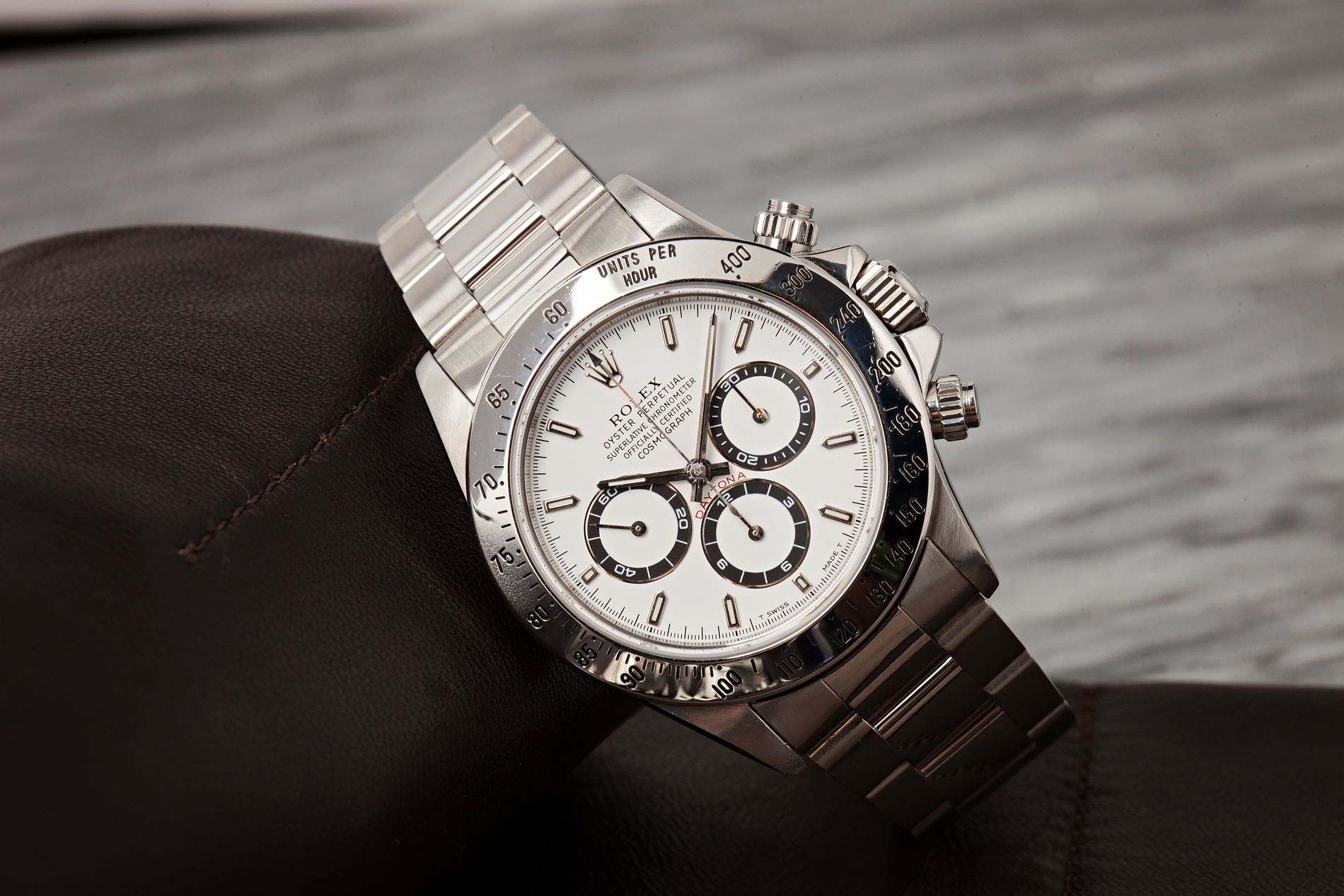
Daytona 16520 Key Features
- Reference Number: 16520
- Production Years: 1988 – 2000 (Approx.)
- Case Size: 40mm
- Materials: Stainless Steel
- Functions: Time w/ Running Seconds, 12-Hour Chronograph, Tachymeter Bezel
- Bezel: Fixed, Stainless Steel w/ Engraved Tachymeter Scale
- Dial: Black or White w/ Luminous Hour Markers
- Luminous Material: Tritium or Luminova
- Crystal: Sapphire
- Movement: Rolex Caliber 4030 (Self-Winding; Zenith-Base)
- Strap/Bracelet: Oyster Bracelet
Rolex Daytona 116520
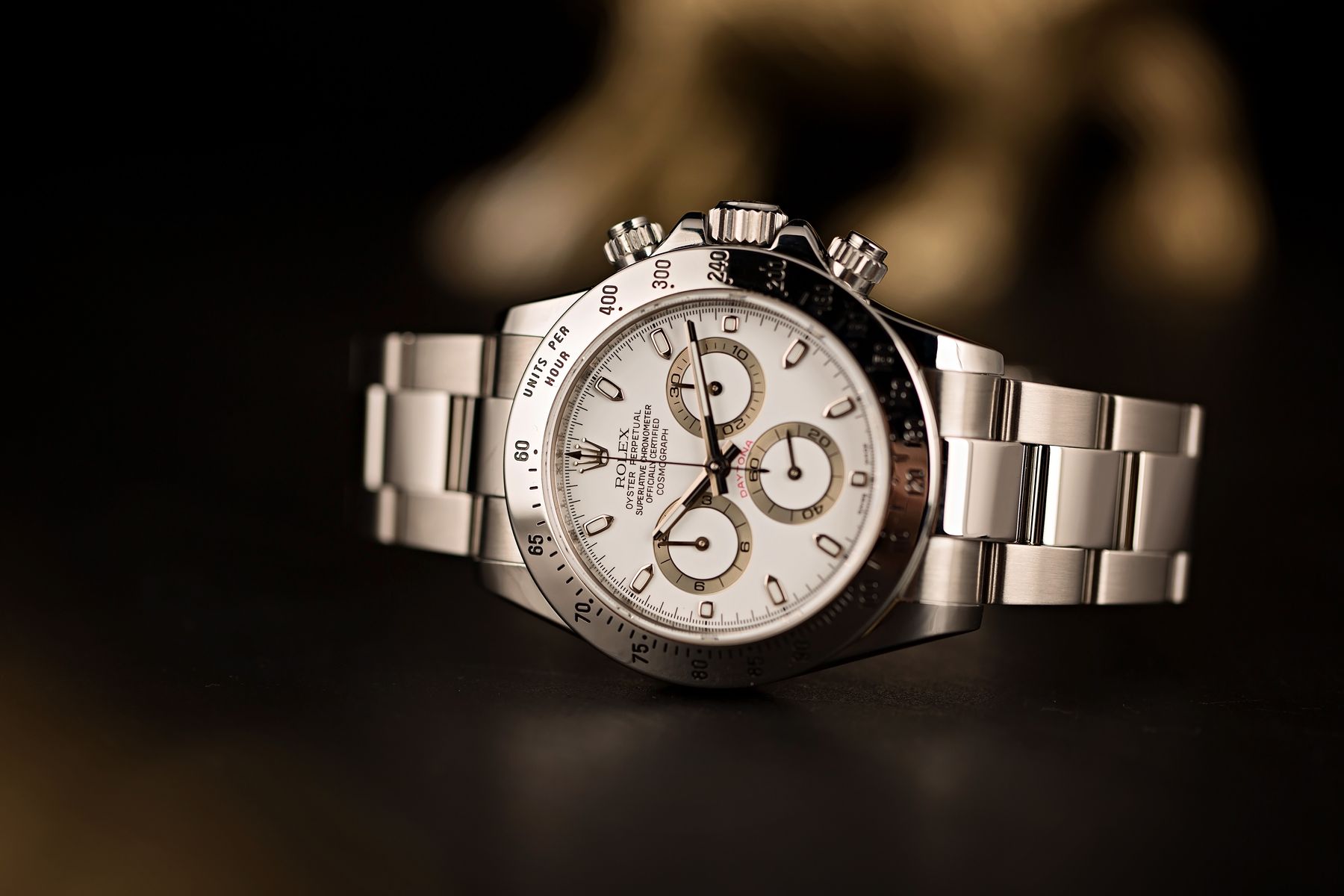
Daytona 116520 Key Features
- Reference Number: 116520
- Production Years: 2000 – 2016 (Approx.)
- Case Size: 40mm
- Materials: Stainless Steel
- Functions: Time w/ Running Seconds, 12-Hour Chronograph, Tachymeter Bezel
- Bezel: Fixed, Stainless Steel w/ Engraved Tachymeter Scale
- Dial: Black or White w/ Luminous Hour Markers
- Luminous Material: Super-LumiNova or Chromalight
- Crystal: Sapphire
- Movement: Rolex Caliber 4130 (Self-Winding; In-House)
- Strap/Bracelet: Oyster Bracelet
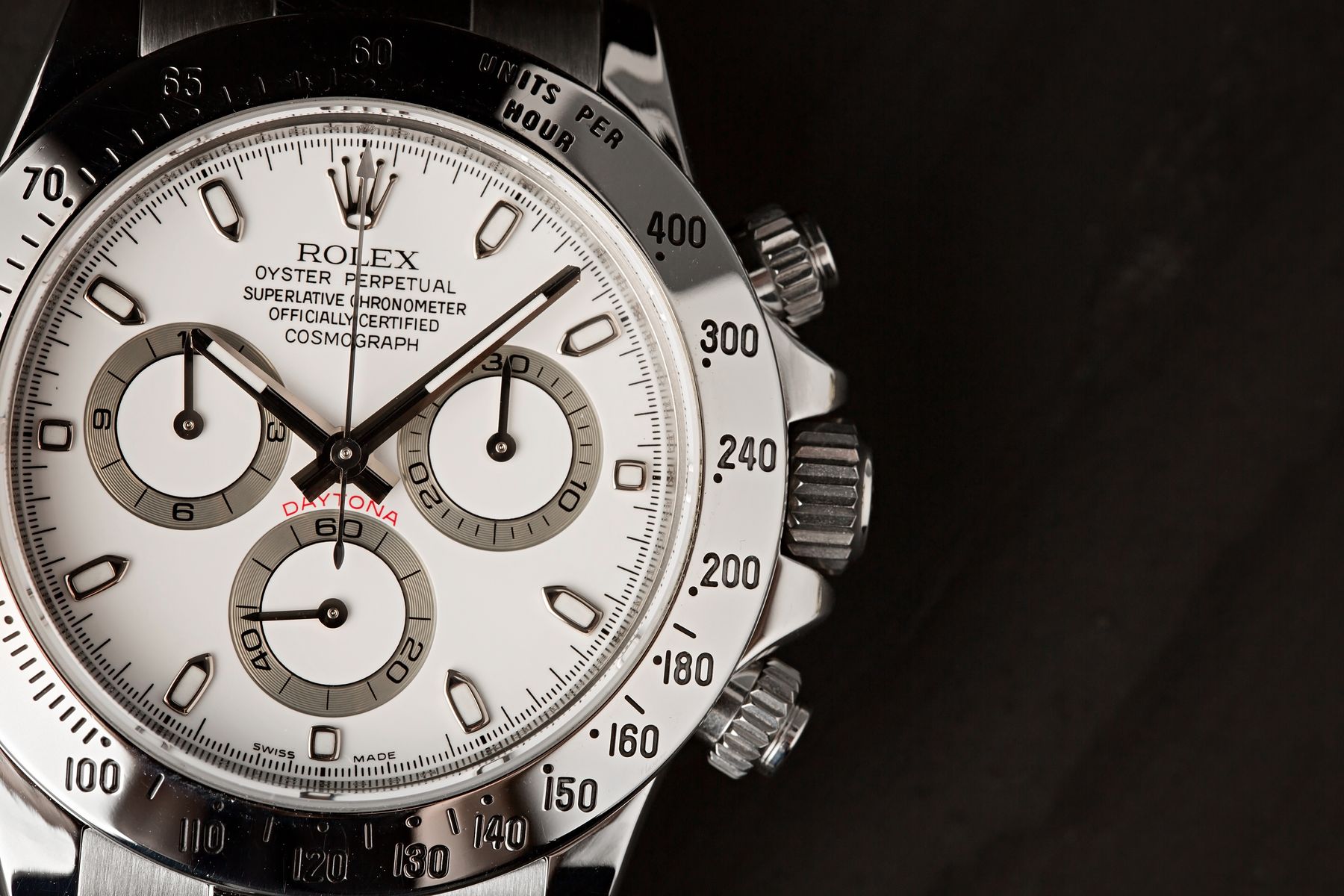
External Differences: Vintage vs. Modern Rolex Daytona Watches
One of the greatest differences between the vintage Rolex Daytona ref. 6265 and its reference 16520 successor is that the vintage reference 6265 features a 37mm case that does not include crown-guards, while the more modern ref. 16520 has a 40mm case that is near-identical to the one found on the reference 116520 and features prominent guards on either side of its winding crown. Additionally, While all three of these models feature screw-down chronograph pushers paired with screw-down crowns and solid screw-down casebacks, the vintage reference 6265 features an acrylic crystal protecting its dial, while both the ref. 16520 and ref. 116520 have crystals that are made from scratch-resistant synthetic sapphire.
Furthermore, in regards to the dials themselves, a number of key differences can also be observed. On all of the dials fitted to the vintage Daytona 6265, the chronograph registers appear in a contrasting color, while the hour markers are applied indexes with luminous dots placed next to them. Conversely, on the dials fitted to both the ref. 16520 and ref. 116520, the chronograph registers feature contrasting rings, rather than being completely filled by a different color, while the applied hour markers are filled with lume instead of having separate luminous dots placed next to them
When it comes to the differences between the dials fitted to the Rolex Daytona 16520 and its more modern ref. 116520 counterpart, the two most noticeable areas where they differ is in regards to the placement of their sub-dials and also the shape of their hour markers. On the more modern ref. 116520, the two registers at the 3 o’clock and 9 o’clock locations are placed slightly higher on the dial, and the location of the hours counter and the running seconds indicator have swapped places, with the running seconds hand now appearing at the 6 o’clock location on the dials of the newer Daytona 116520. As far as the hour markers, both are luminous-filled and applied; however, the indexes found on the older ref. 16520 are longer and thinner than the style found on its more modern sibling.
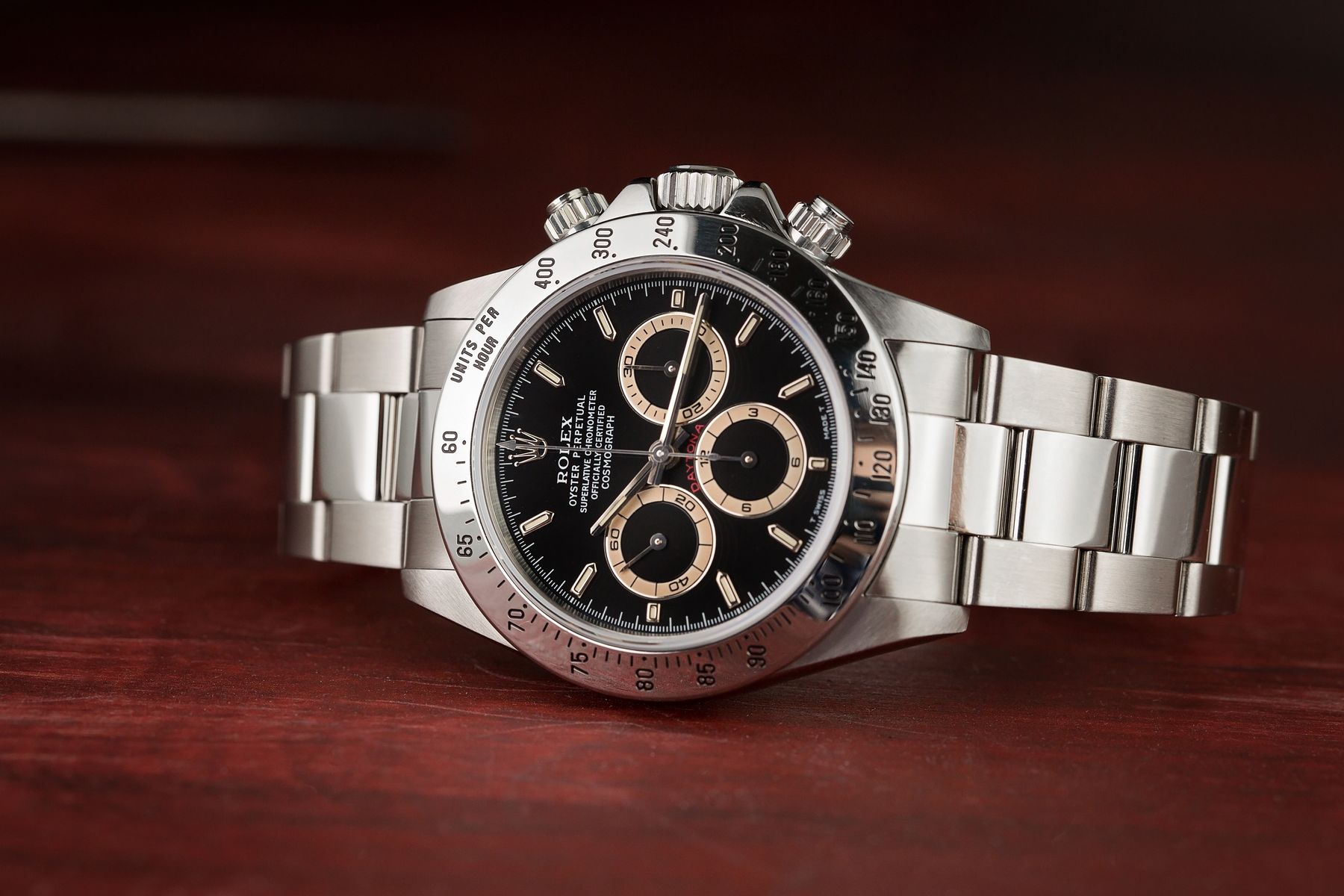
Different Movements: Rolex Daytona 6265 vs. 16520 vs. 116520
While the external differences between the various stainless steel bezel Rolex Daytona watches can all be spotted with a well-trained eye, arguably one of the most significant differences between these three Daytona models has to do with the movements used to power them. Although all offer the ability to measure events up to 12 hours in length, the actual movements themselves are all very different.
The vintage Rolex Daytona 6265 is powered by the manually-wound Valjoux 727 movement, which can also be found inside a number of other chronograph watches produced by manufacturers of the same era. In addition to representing a significant aesthetic departure from its predecessor, the Rolex Daytona 16520 also features a significantly different movement and is powered by the Rolex Caliber 4030, which is a self-winding chronograph based on the legendary Zenith El Primero. Although Rolex significantly modified the El Primero to create the Cal. 4030, its origin is the reason behind this generation’s “Zenith Daytona” nickname.
While the Daytona 16520 and the reference 116520 offer a lot of visual similarities and are both self-winding chronographs, the more-modern Daytona 116520 is powered by Rolex’s own in-house Caliber 4130 movement. From strictly a performance perspective, Rolex’s in-house Cal. 4130 is superior to its Zenith-based predecessor; however, many watch collectors favor the older reference 16520 due to its important place in Rolex’s history as the brand’s first-ever self-winding chronograph.
Regardless of whether you go modern or vintage, all three of these stainless steel Rolex Daytona watches are fitted with matching steel tachymeter bezels, and in addition to no longer being available directly from retailers and boutiques, all three of these references represent Rolex’s original vision for its iconic racing chronograph.
